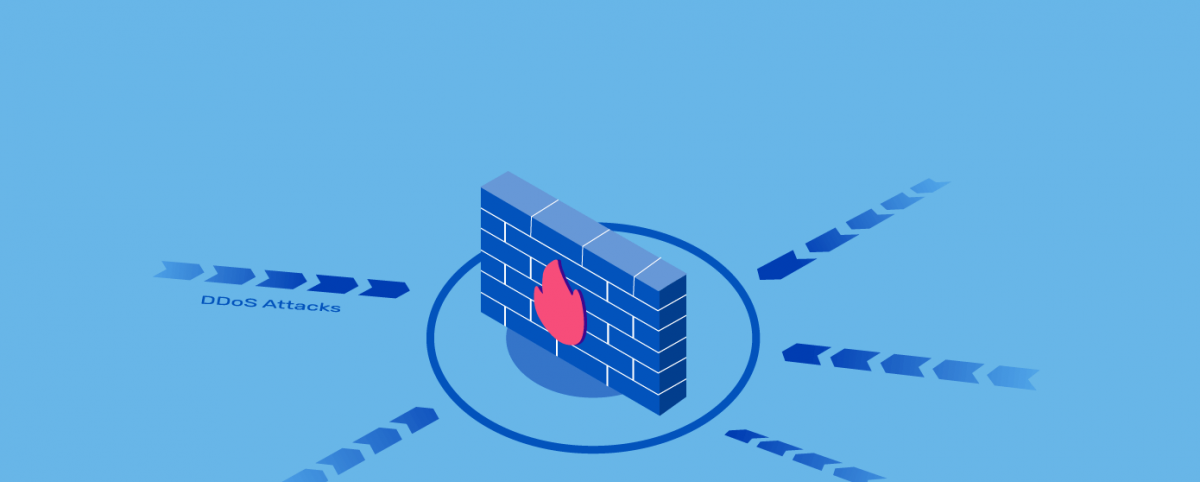Web Application Firewall: More Essential Than Ever
Today, websites are much more vulnerable due to the rise of advanced, persistent threats and the increasing sophistication of attack techniques. Under such circumstances, web application firewalls (WAFs) are considered more effective than traditional firewall solutions in securing websites and web applications. So, web firewalls have become a central and indispensable place in web security.
Is this growing emphasis on web application firewalls justified? Read on to know more.
What are Web Application Firewalls?
Web application firewalls are security solutions positioned between the user and the web application at the edge of the network to monitor and scrutinize all HTTP communications and requests made to the server. It filters out malicious and spurious requests and allows only legitimate requests to reach the server based on a set of predefined and continuously tuned policies.
Most WAFs perform 3 key actions:
- Block unwanted and malicious traffic from reaching/ using websites
- Virtually patch vulnerabilities, giving developers time to fix these
- Provide proactive rather than reactive security against all known security risks
Even though WAFs may not protect against all kinds of attacks, especially zero-days, logical flaws, etc., they are important security tools. They stand as a shield against all known threats and offer multi-layered protection. Next-gen web firewalls, in particular, can be tuned to detect and stop some of the emerging, unknown and logical threats.
Why are Web Application Firewalls So Critical Today?
The Shifting Nature of Threats
While the number of threats to web security continues to grow exponentially, the nature of even known threats such as DDoS is rapidly changing. Threat actors are leveraging the latest technology to develop mutated versions of threats that are much more lethal, sophisticated, and disastrous.
For instance, DDoS attacks in the past were just volumetric and could be easily identified and stopped by using traditional firewalls and increasing the bandwidth. Today, attackers can launch successful DDoS attacks at a scale of less than 1GBps. There are sneakier, stealthier variations of DDoS attacks. The incidence of multi-vector DDoS and application-layer attacks has increased too.
Web application firewalls, especially the more advanced ones, are designed to protect against known threats, newer versions, mutations of known threats, and even some emerging threats. They can further be tuned and configured to protect against business-specific threats and risks.
Proactive Security
In today’s day and age, responding and reacting to attacks will only cause massive reputational damage, apart from customer attrition and financial losses. WAFs aid businesses in being proactive against a whole range of known and emerging attacks. They typically offer actionable insights, detailed reporting, and security analytics that can be leveraged to forecast security risks and swiftly make strategic changes to web security.

Web Application Firewalls are More Effective Vis-à-vis Traditional Firewall Solutions
Comparing WAFs vs. network firewalls, WAFs are much more advanced, sophisticated, and effective security tools than network firewalls. Here is a WAF vs. network firewall comparison.
WAF is Effective even in Borderless Architectures
While WAFs sit between the user and the web application, network firewalls are positioned between internal and external networks at the network perimeter since WAF solutions are positioned at the network edge (the exact point where devices connect to the internet) and not the perimeter, they are effective in the age of IoT, cloud computing and remote access when there are no fixed, rigid boundaries to networks.
WAF Offers Multi-layered, Comprehensive Security Using the Latest Techniques
Network firewalls are designed to prevent unauthorized access to network resources by preventing external networks and entities. They use signature-based detection, packet filtering, proxy, and stateful/ stateless inspection techniques to detect illegitimate traffic and unauthorized access. They cover only OSI layers 3-4. They aren’t effective against insider attacks and modern-day threats such as injections, DDoS, bot attacks, etc.
WAF technology monitors and analyses all HTTP communications, filtering out bad/ malformed requests. They operate at Layer 7 and leverage sophisticated techniques, including behavioral analysis, pattern, heuristic analysis, anomaly detection, and so on, to protect websites from a wide range of threats, including bot attacks, malware attacks, DDoS, application-layer attacks, and so on.
WAF Technology is Far More Advanced
Since web application firewalls, especially next-gen WAFs, use the best-in-breed, futuristic technology, including self-learning AI, predictive analytics, and so on, to bring speed, agility, transparency, and accuracy to web app security that network firewalls cannot.
Performance Acceleration Without Compromising Security
WAFs don’t just offer security; they help enhance website speed and performance. Firstly, they ensure that the website is always available and minimize the chances of downtimes and crashes by preventing attacks. Further, when backed by CDN and caching technology, they accelerate website speed and performance by serving content to users from caching servers closest to the users.
Conclusion
These are the reasons why web application firewalls are more essential than ever. To ensure comprehensive, end-to-end, and effective security, WAFs need to be part of intelligent, managed security solutions like AppTrana.
Stay tuned for more relevant and interesting security articles. Follow Indusface on Facebook, Twitter, and LinkedIn.


 July 22, 2022
July 22, 2022






